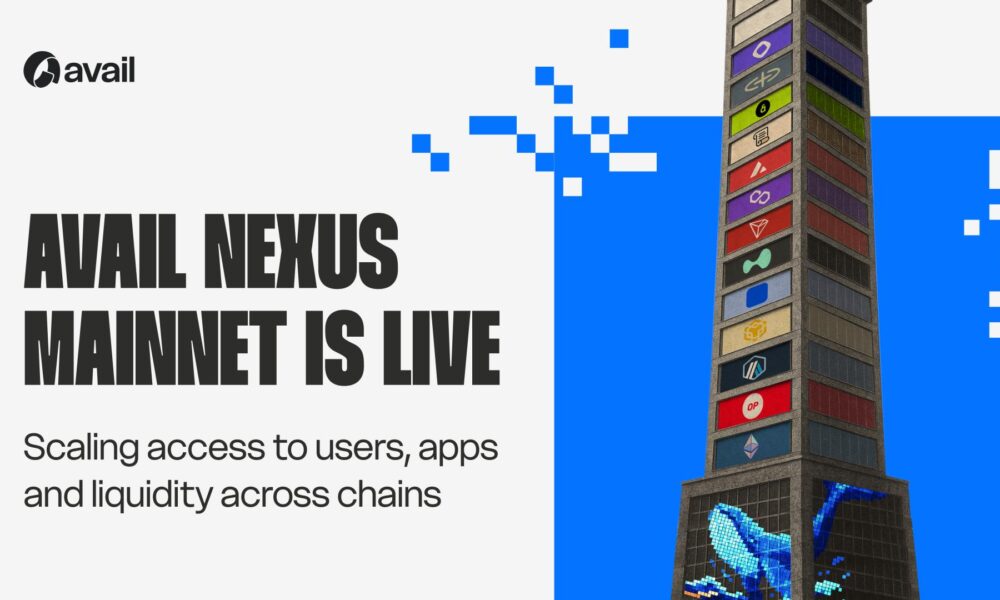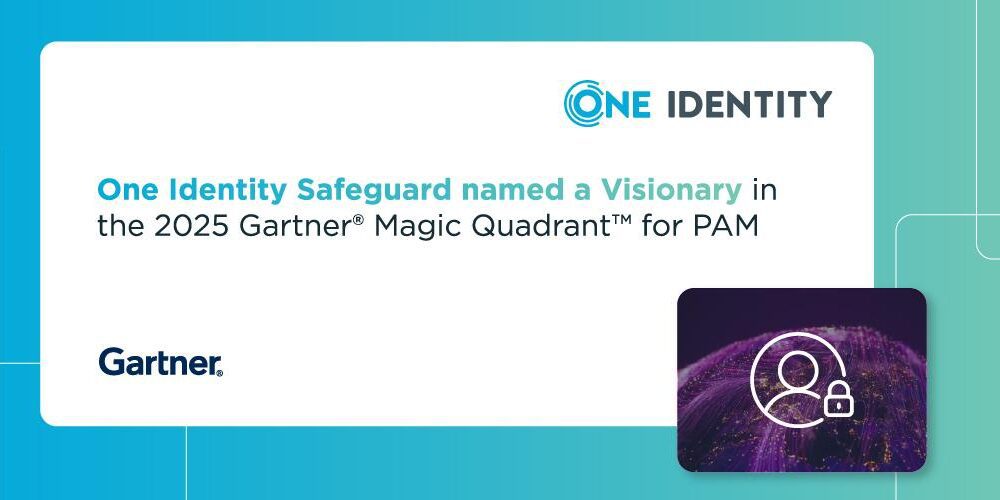In today’s fast-paced digital world, speed is everything—especially when it comes to sending money across borders. Instant international payments are becoming more common, allowing businesses, freelancers, and individuals to send funds almost instantly, no matter where they are. But with great speed comes a valid question: are instant international payments actually secure?
If you’re someone who frequently transfers money overseas—whether for business, remote work, or personal reasons—security should be just as important as speed. Let’s explore what makes a payment method secure, the risks involved in instant international transfers, and how you can protect yourself while enjoying the convenience.
What Makes a Payment Secure?
Before diving into the specifics of instant payments, it’s important to understand the fundamentals of a secure transaction. A secure payment should offer:
- End-to-end encryption
- Authentication (such as 2FA or biometric login)
- Real-time fraud detection systems
- Regulatory compliance (such as KYC and AML policies)
- Reliable customer support
- Transparent processing with transaction tracking
Whether you’re using a bank, a fintech app, or even a crypto wallet, these are the basics that help protect your money and your information.
The Rise of Instant International Payments
Over the past few years, instant payment platforms have taken off. Companies like Wise (formerly TransferWise), Payoneer, Revolut, Remitly, and WorldRemit allow users to send money in minutes—sometimes even seconds. Some use real-time payment networks like SEPA Instant (Europe), Faster Payments (UK), or domestic networks in Asia and Africa. Others rely on proprietary systems or even blockchain technology to reduce the delays common in traditional wire transfers.
The convenience is obvious. But does faster mean riskier?
Are Instant Payments More Vulnerable to Fraud?
There’s a perception that instant payments may be more prone to fraud or hacking simply because they happen so quickly. In truth, the speed of the transaction itself isn’t the issue—it’s how well the platform is built.
The biggest risk with instant payments is that once the money is sent, it’s gone. Unlike credit card transactions or traditional bank transfers, you often can’t cancel or reverse an instant transfer. That means if you send money to the wrong person, or fall for a scam, getting it back could be impossible.
That’s why it’s critical to use platforms that offer strong identity verification, transaction reviews, and fraud detection tools. Reputable providers typically freeze or flag suspicious activity before the money is moved—even if the transfer is labeled as “instant.”
How Do Reliable Providers Protect You?
Top-tier international payment services invest heavily in security. Here’s how they typically protect users:
- Encryption: All data is encrypted, ensuring that your financial information can’t be read by hackers during transmission.
- Two-Factor Authentication (2FA): You’ll need to verify your identity through SMS, email, or an authenticator app before any major changes or payments.
- KYC and AML: Know Your Customer and Anti-Money Laundering procedures help prevent criminal activities, like identity theft or large-scale fraud.
- Real-Time Monitoring: AI-powered systems track unusual behaviors and can flag or freeze transactions that don’t match your typical usage.
- Dispute Resolution: Some platforms offer buyer protection or dispute systems in case something goes wrong—though this varies.
If your provider doesn’t offer these protections, it’s time to switch.
Tips for Keeping Your Payments Secure
Even with a trustworthy platform, your actions play a major role in keeping your money safe. Here are a few tips:
- Double-check recipient details before confirming a payment. A single digit off in a bank account or phone number can send your money to the wrong person.
- Never send money to someone you don’t know, especially if the request came through a cold email or message.
- Use strong, unique passwords and enable 2FA on every payment-related app or account.
- Keep your devices secure—use antivirus software, avoid public Wi-Fi when transferring money, and keep your apps updated.
- Monitor your transactions regularly to catch anything suspicious early.
What About Crypto and Blockchain?
Blockchain technology powers some of the fastest payment solutions available today. Transfers using Bitcoin (Lightning Network) or stablecoins like USDT can be nearly instant and borderless. However, they require more technical knowledge and come with their own risks—price volatility, unregulated exchanges, and irreversible transactions.
Crypto can be secure when handled carefully, but it’s best suited for experienced users who understand how to protect their private keys and wallets.
Final Thoughts
Instant international payments have revolutionized the way we move money around the world. They’re fast, convenient, and increasingly popular for both personal and business use. But speed doesn’t have to come at the cost of safety.
As long as you choose a trusted platform, follow best practices, and stay informed, you can enjoy the benefits of instant transfers without losing sleep over security. In a global world where time is money, the key is moving smart—not just fast.
Read More From Techbullion



































